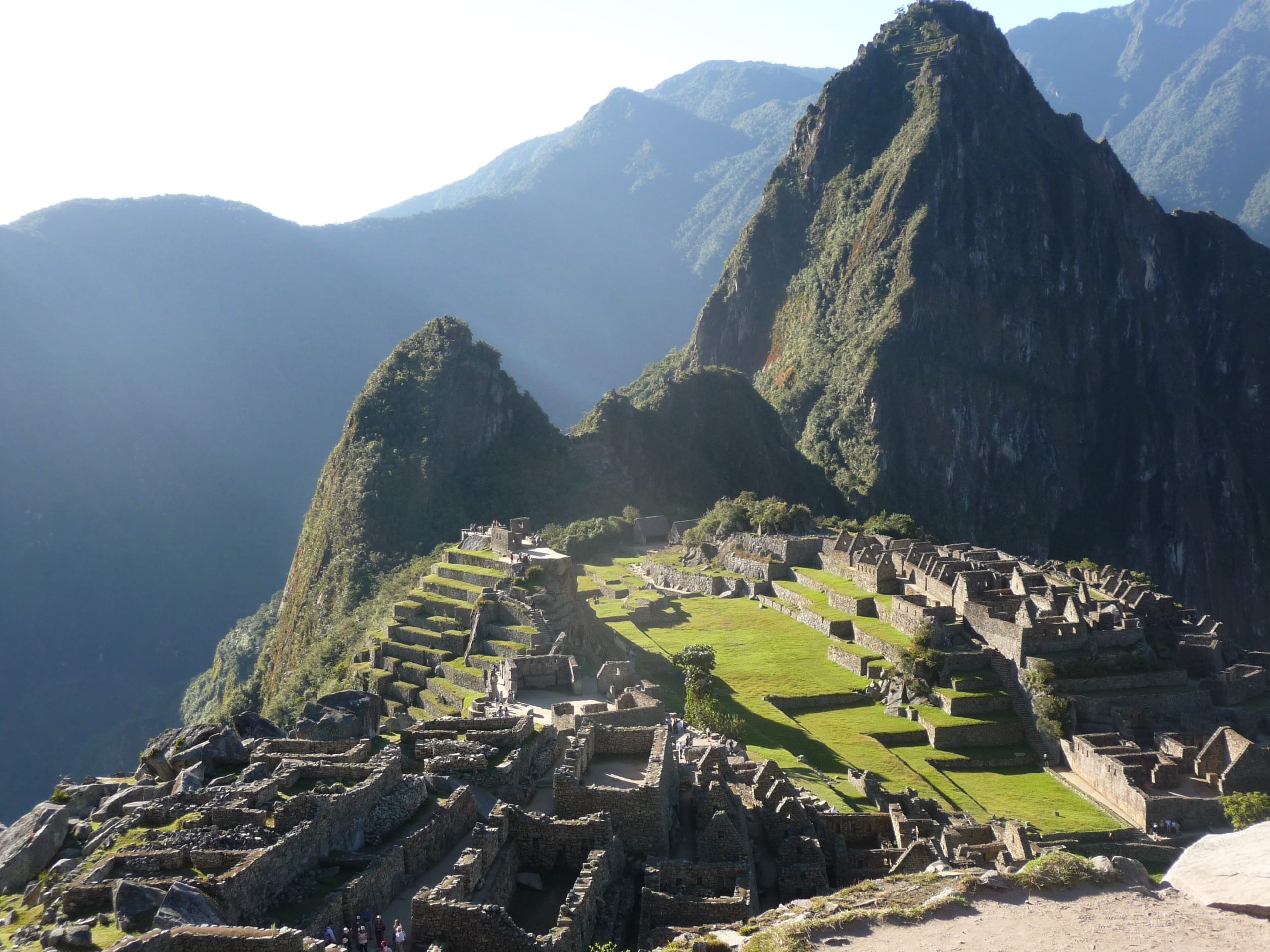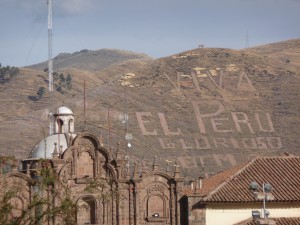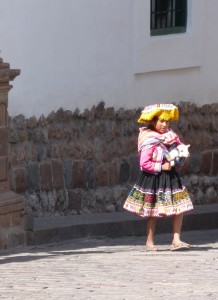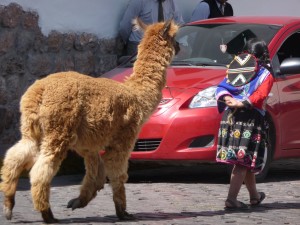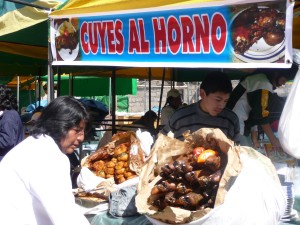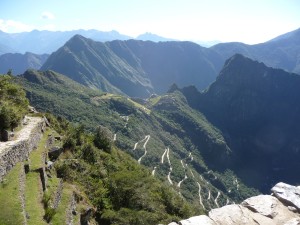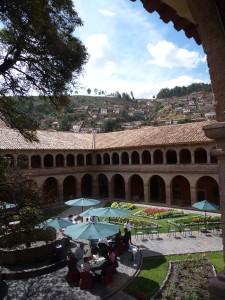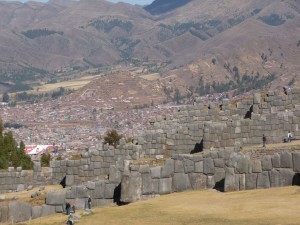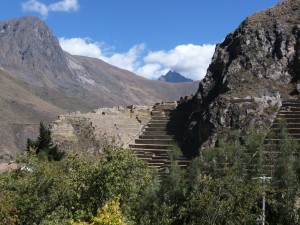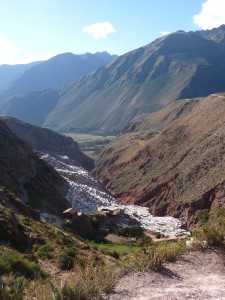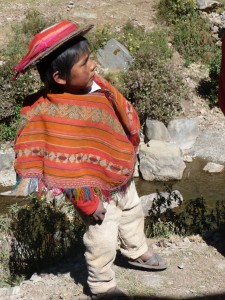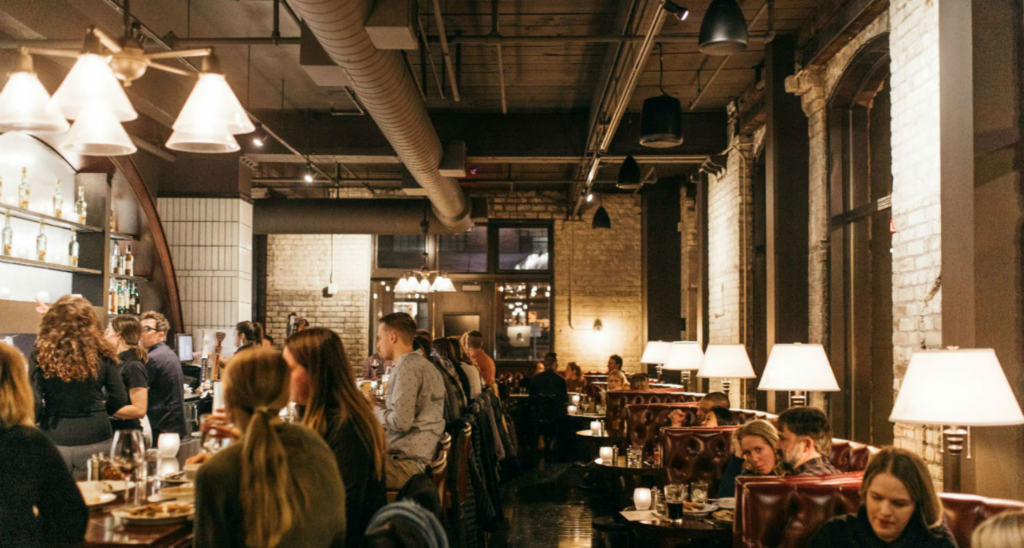March 21, 2016
Land of gods and guinea pigs
Lima is not our favorite city. In fact, it’s probably in the bottom five of our list.
Or bottom two.
But Lima was start of another “once-in-a-lifetime” trip, so we made the most of it. We walked the parks and the neighborhood of Miraflores. We ate at several incredible Gaston Acurio restaurants. We tried (and, thankfully, succeeded) not to get robbed or have our cell phones ripped from our hands while riding in cabs. And we left within 30 hours.
Success.
Off to the land of elevation.
We flew from Lima to Cusco, the jumping-off point for a week-long trek through the Sacred Valley culminating at Macchu Picchu—aka: The Motherlode.
Cusco takes your breath away. Literally (sorry, that was too easy). Elevated at over 11,000 feet, it was headache and nausea-inducing even for our friends from Aspen, who live at nearly 8000 feet.
The general rules of thumb when it comes to adjusting to high elevations are as follows: get enough sleep, drink tons of water, avoid caffeine, avoid alcohol, and ease yourself slowly into activity.
So what did we do?
Arrived late in the morning drank two bottles of champagne with lunch, went for a hike up into the hills in the hot afternoon, drank wine at dinner, stayed up late, and drank tons of coffee for breakfast the next morning. By-the-book rule followers, for sure—that’s us. We did pay a bit of the price, but we were excited to be there.
Cusco is incredible. Aside from the beautiful little girls and baby llamas sucking you into the pay-for-photo opps, the people are incredible.
Cusco was founded in the 1100s and was the capital of the Incan empire from the 13th to 16th centuries before being taken by the Spanish conquistadors. But the culture and history are more well-preserved than almost anywhere else in the world.
The best way to approach Cusco is to hike up and out of the city (but probably not the first afternoon), then right back down to get the full perspective of its geography and location. Then explore the town square, the markets, and the cathedral.
And it’s here that you should probably at least try the guinea pig to get it out of way, because you can’t leave Peru without eating a lot of ceviche and trying guinea pig. The guinea pig is omnipresent,
and they quickly go from revered pet: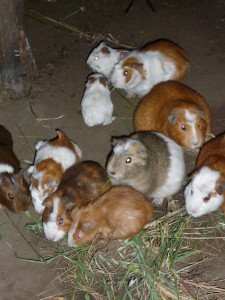
to dinner entrée:
You’ll even find a guinea pig painted into the Last Supper painting in the Cathedral Basilica of the Assumption of the Virgin in Cusco’s town square.
From Cusco, we set out for our trek down the Urubamba River, through the Sacred Valley toward Macchu Picchu.
I’m not one to bury the lead, so I’ll jump right to the end then fill in the highlight reel.
If you’re interested in Macchu Picchu, do not go directly there. You must explore the sights, sounds, and smells of the Sacred Valley first, starting with Cusco. It’s less touristy, and equally beautiful, and you’ll actually learn more about the country and people.
Second, do not approach Macchu Picchu by bus, unless you really physically aren’t able to do it any other way.
That doesn’t mean you have to hike 412 miles and sleep in tents (which is not at all for us, especially me). You can take the train to a mid-point in the trail, hike for several hours, and approach in one day. The moral of this directive is that the first time you see Macchu Picchu, hiking up and through the gate of the sun, will be the best view and one of the most memorable moments of your lifetime. (Especially if your guides carry champagne.)
OK, with that out of the way, here are a few other highlights along the journey.
Cusco:
In addition to above, stay at the Monasterio hotel (now a Belmond). It has the best location, a few blocks from the Plaza de Armas (the central square), but it’s in a quieter area and has a great interior courtyard. And get an oxygenated room. I’m not sure if it helps with the altitude sickness, but it sounds good.
Beware of the beautiful, innocent-looking children with baby llamas, who are doing nothing more than plotting how to separate you from your Peruvian Sol ($$).
Visit the church of San Blas, which has one of the best wood-carved pulpits you’ll ever see.
On the outskirts of town, go see the Temple of the Moon and Sacsaywaman (Sexy woman? No, but close…), which gives you a great view of Cusco. And it’s fascinating to see the massive stone blocks, which have both military and religious purpose and meaning. They call it their version of Stonehenge. It’s a great downhill walk back into Cusco from here.
Drink pisco sours. Ignore all the alcohol warnings. You’ll survive.
Sacred Valley:
When we left Cusco, we went back to a lower elevation, which is a piece of cake after living several days at 11,000 feet. It made it so much easier to hike and mountain-bike our way down the valley.
The sheer beauty of this valley nestled in the Andes was treat enough, but we also got to experience the hilltop ruins of old Pisac, the city of Ollantaytambo, with the temple that showcases some incredible city planning, architecture, and engineering.
The hike we took near Maras had the most incredible look at the salt pans tiered along the hillside. They were passed down as family heirloom plots for generations and are still lovingly tended to.
The best thing about the Sacred Valley is meeting the people.
There is nothing like passing out bananas to the beautiful small children in multi-colored garb, only to see their bright smiles and big eyes in return.
We also got a taste of how people lived their everyday lives, including a view into their tiny, cave-like two room homes, where they people live with their soon-to-be-dinner right next door (yes, the guinea pig). We also saw them weaving the intricate multi-colored clothing and ponchos that are so much a part of the Peruvian culture.
Macchu Picchu:
To approach by foot, you have to arrange for a permit to hike the Inca trail. It requires some pre-planning with a guide, which will be more than worth the time and effort.
We took the train to somewhere between kilometers 104 and 110 (there was a washout the week earlier, so we had to improvise a bit). We then suffered through the most grueling ascent straight up to the Inca trail. We re-gained a lot of the lung-numbing elevation, but once on the trail it was so worth it. And as we were completely struggling to catch our breath on the hike up, the local Peruvian guides were carrying packs that weigh more than they do and literally running up and down the hill. The trail is a bit small, but very even and walkable. It’s not for the faint of heart, though, and looking down can be a tester.
Along the Inca trail, we saw incredible examples of ruins such as Huinay Huayna—a great warmup for the grand prize.
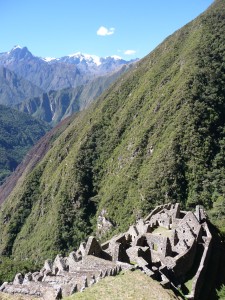 And, as I mentioned earlier, the hike up and through the Intipunku (the gate of the sun) is something we’ll never forget.
And, as I mentioned earlier, the hike up and through the Intipunku (the gate of the sun) is something we’ll never forget.
If you don’t have a permit or aren’t able to walk in, when you get up to Macchu Picchu, at least backtrack on the trail that leads from the gate of the sun in so at least you can appreciate the perspective, and more importantly get away from the masses of tourists that can test the incredible beauty of this place.
Hotel options:
- Sol y Luna in the Sacred Valley: The rooms have a rustic Peruvian charm, and you will never see more spectacular gardens.
- Inkaterra Macchu Pichhu in Aquas Calientes: Many people opt to stay at the Sanctuary right near Macchu Picchu, but it tends to be touristy and you miss out on the opportunity to walk the town of Aquas Calientes.
After an “amazing” few days, we took the glass-topped train (so you can see the mountains as you pass, of course) back to Cusco. Just our luck, there was a crew and group of people filming some version of the “Amazing” Race on our train (which I just then learned is a yet another reality show).
Not the most relaxing of train rides, but one of the most diverse and incredible of our once-in-a-lifetime trips overall. Everyone goes to Peru for Macchu Picchu. It’s not about Macchu Picchu at all; it’s about the journey through the Andes with crystal-clear rivers, abundant flowers, unbelievable Incan ruins that are feats of engineering even today, and the incredible smiles of the gorgeous children.


